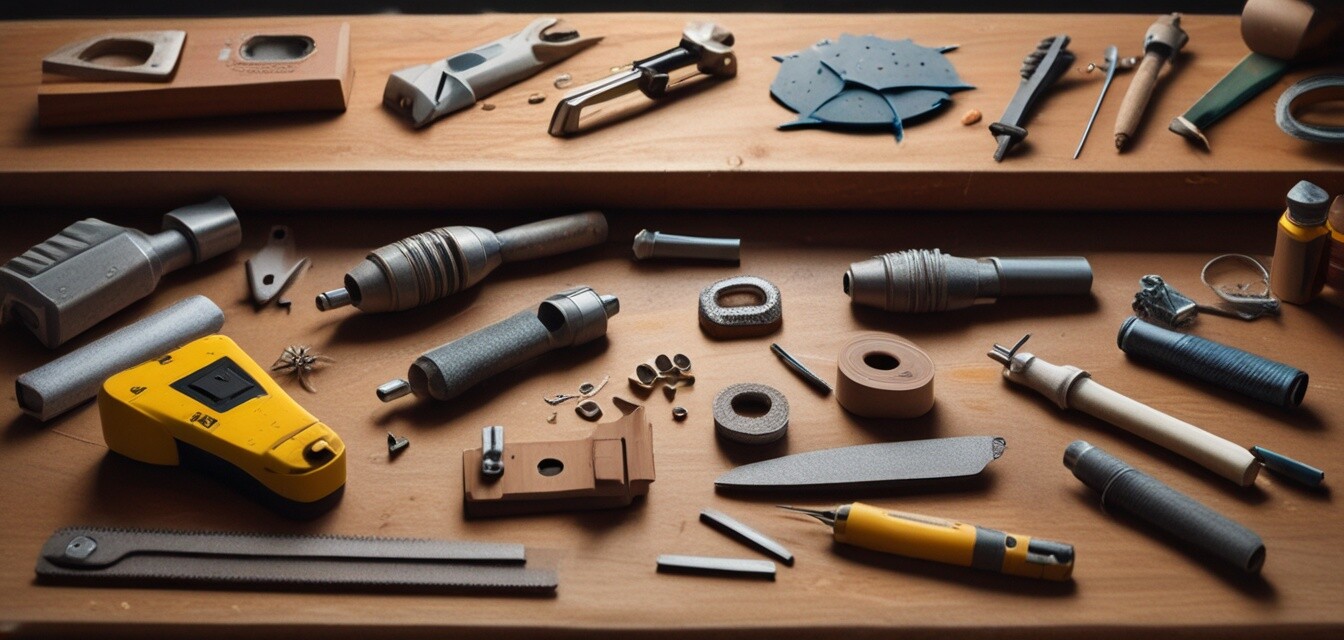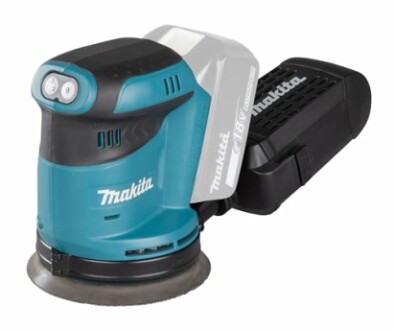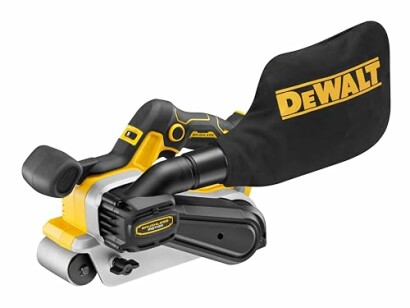
How to Sand Wood Like a Professional
Key Takeaways
- Understanding different types of sanders is essential for effective wood finishing.
- Choose the right grit of sandpaper for the job to achieve a polished surface.
- Master techniques such as sanding with the grain to minimize imperfections.
- Utilizing power sanders can save time and deliver professional results.
- Regularly maintain your tools for optimal performance.
Sanding wood is an essential skill for any DIY enthusiast or professional contractor looking to achieve a polished finish on their projects. Whether you are working on furniture, cabinetry, or any wooden surface, applying the right sanding techniques can significantly improve the final appearance. In this guide, we'll explore various tools, tips, and techniques needed to sand wood like a pro.
Understanding Sanding Tools
The first step to becoming proficient in sanding wood is familiarizing yourself with the tools available. Here’s a brief overview of some common sanding tools you may encounter:
| Tool | Description | Usage |
|---|---|---|
| Hand Sanders | Simple, manual sanding tool; typically rectangular or triangular. | Used for detailed work and small surfaces. |
| Orbital Sanders | Power tool that uses circular motion for sanding. | Great for finishing surfaces quickly and evenly. |
| Belt Sanders | Consists of a continuous loop of sandpaper that wraps around two drums. | Ideal for removing material quickly on large, flat surfaces. |
| Detail Sanders | Small, pointed sander for tight spaces. | Best for intricate designs and corners. |
Choosing the Right Sandpaper
Choosing the correct sandpaper is paramount in the sanding process. Sandpaper comes in various grits, which refers to the coarseness of the paper:
- Coarse Grit (40-60): Best for heavy material removal, such as smoothing rough surfaces or removing old finishes.
- Medium Grit (80-120): Used for preparing the surface for finishing.
- Fine Grit (150-220): Ideal for final finishing and achieving a smooth surface.
Sanding Techniques for Professional Results
Here are some professional techniques to enhance your sanding process and ensure a high-quality finish:
Sanding with the Grain
Always sand in the direction of the wood grain. This helps to avoid visible scratches and ensures a smoother finish.
Applying Even Pressure
Maintain an even pressure across the sanding surface. Uneven pressure can lead to dips or uneven spots.
Changing Grit Gradually
Start with coarse grit and gradually move to finer grits. Skipping grits can leave scratches that are difficult to remove.
Cleaning Between Grits
After sanding with a particular grit, clean the surface to remove dust and debris prior to switching to a finer grit. This prevents scratches from previous sanding.
Using Power Sanding Tools
Power sanders can reduce your effort and time significantly. Below are two products that can take your sanding to the next level:
Makita DBO180Z 18V Li-Ion LXT Sander
This powerful cordless sander features three-speed settings and a pad brake for better control, making it perfect for any sanding project.
Learn MoreDEWALT DCW220 18V XR Cordless Belt Sander
Designed for efficiency with a belt speed of 320m/min, this belt sander is perfect for quickly sanding large areas.
Learn MoreMaintenance Tips for Longevity
To ensure your sanding tools perform optimally, follow these maintenance tips:
- Regularly clean dust and debris from power sanders.
- Replace worn sanding pads as they can lead to poor performance.
- Check and tighten any loose screws or components on your sanders.
FAQs About Sanding Wood
What type of sander is best for beginners?
The orbital sander is recommended for beginners because it is versatile and easy to handle.
How often should I change sandpaper?
Change sandpaper as soon as it shows signs of wear or becomes ineffective. Regular checks will help maintain effectiveness.
Can I sand wood without power tools?
Yes, hand sanding is possible but requires more effort. For larger surfaces, power sanders are recommended.
Tips for Beginners
- Practice on scrap wood before working on your project.
- Keep your workspace clean to avoid dust in your finish.
- Wear a mask and goggles to protect against dust inhalation and eye irritation.
Conclusion
By following these techniques and using the right tools, you can achieve professional results in sanding wood. Take your time, and don’t rush the process. Each project is a chance to hone your skills and create something beautiful!
For more information on improving your skills with portable power tools, check out our How-To Guides category.


